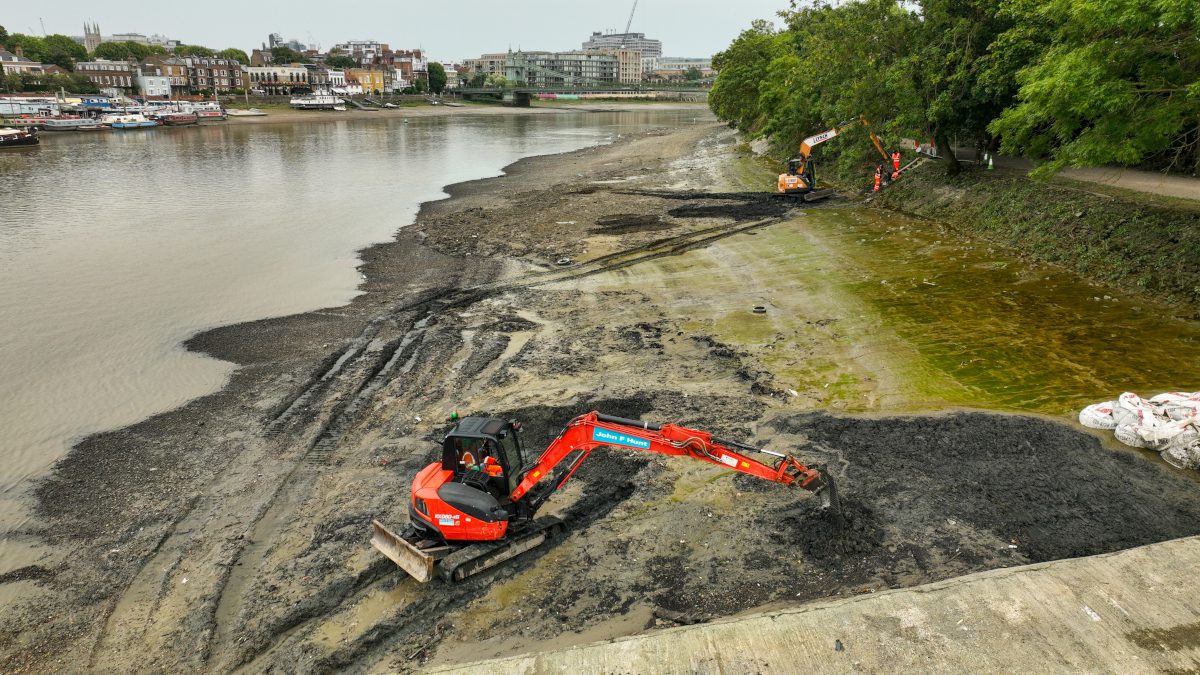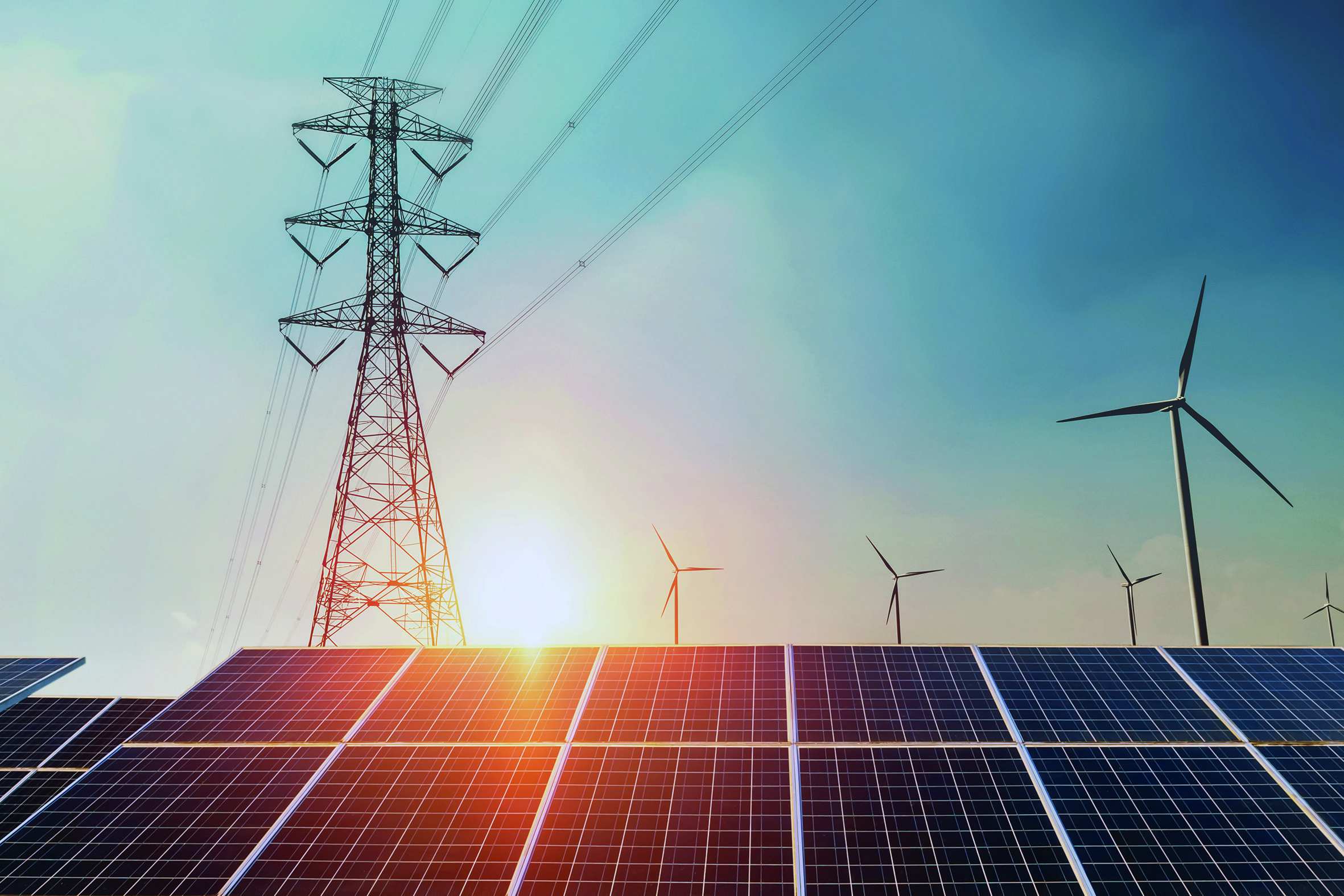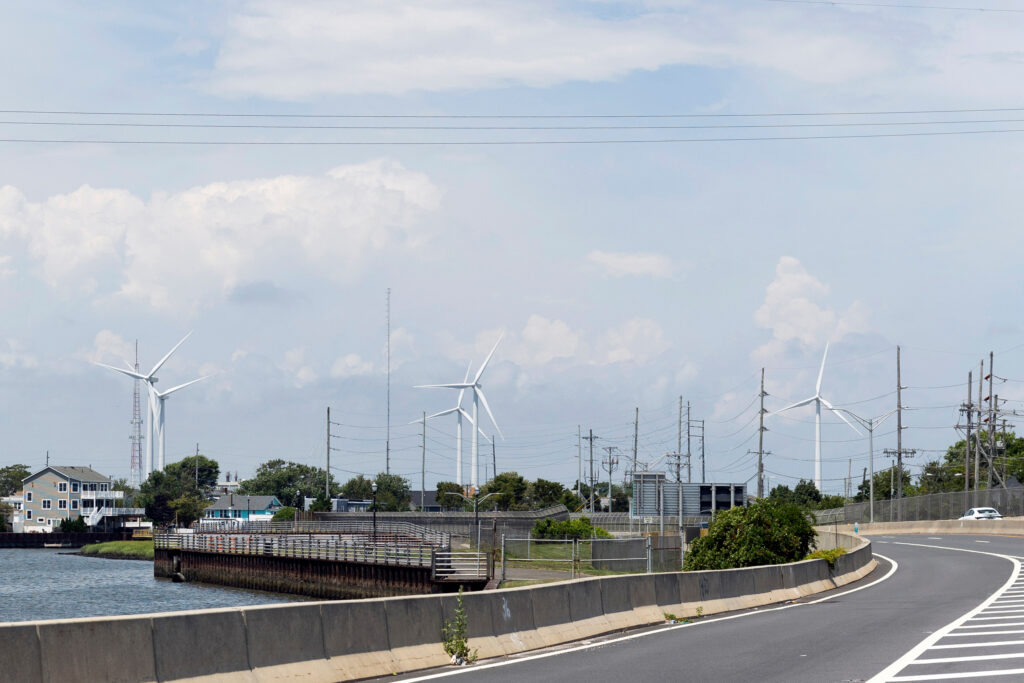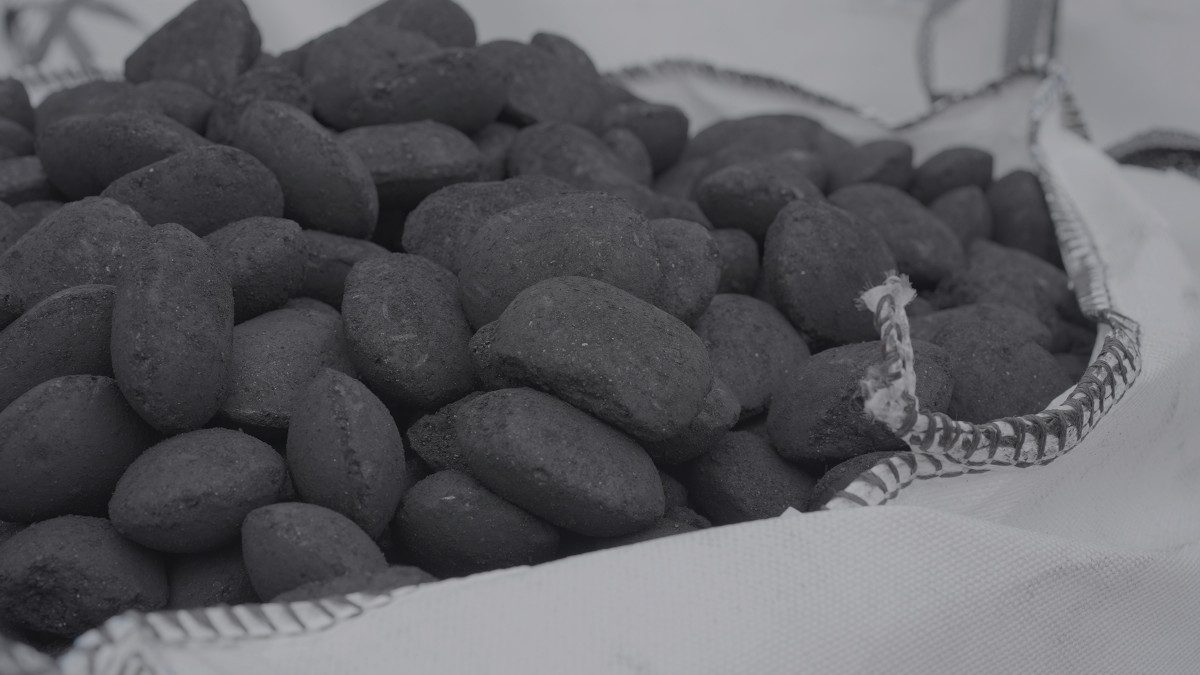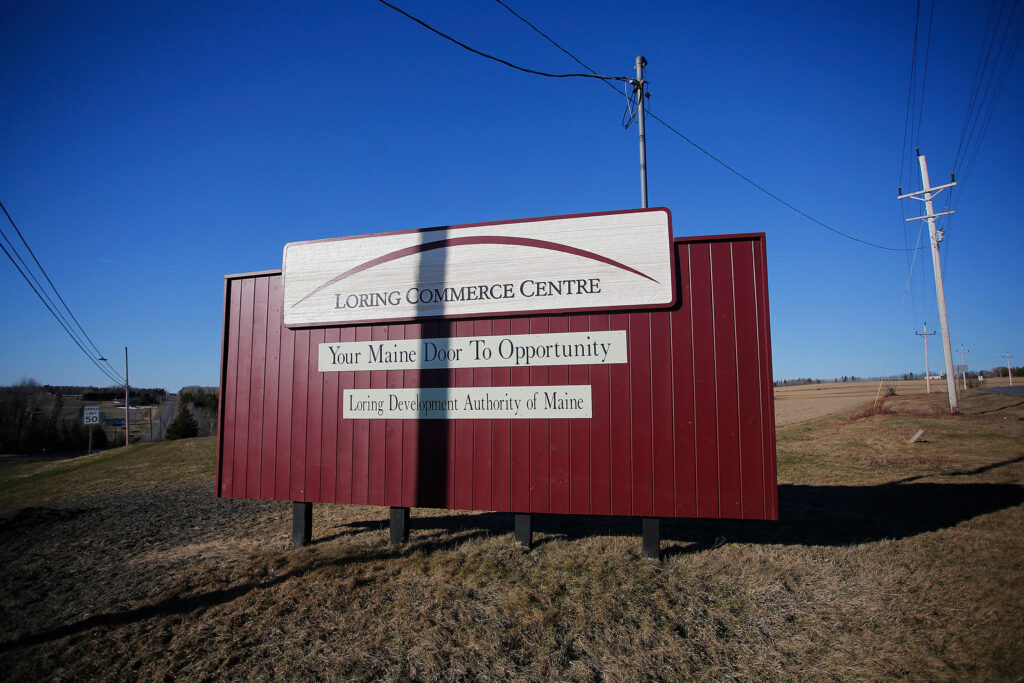
The EU has reached a provisional agreement to establish the first EU-level certification framework for the technologies that will be used for permanent carbon removals, and long-term carbon storage.
Announced on 20 February, the voluntary framework is presented as an advance in the effort to support deployment of carbon removal and soil emission reduction activities across the EU. Once the regulation comes into force, it will act as a precursor for the introduction of a more comprehensive carbon removal and soil emission reduction framework as a part of EU legislation.
The agreement, though said to be provisional, is described as a crucial milestone, pending formal adoption by the European Council and Parliament.
The regulation encompasses an open definition of carbon removals, aligning with IPCC standards, covering atmospheric or biogenic carbon removals. It includes permanent carbon removal, temporary carbon storage in long-lasting products, temporary carbon storage from carbon farming, and soil emission reduction activities.
Carbon removal activities need to meet four overarching criteria for certification: quantification, additionality, long-term storage, and sustainability.
Tailored certification methodologies will be developed by the Commission for different types of carbon removal activities to ensure harmonized implementation.
Carbon net benefit
Certified units will correspond to one metric tonne CO2 equivalent of certified net benefit generated by carbon removal or soil emission reduction activities.
The co-legislators have also agreed that the certified units can only be used for the EU’s climate objectives and nationally determined contribution (NDC) and must not contribute to third countries’ NDCs and international compliance schemes.
Monitoring and liability
The legislation also attempts to set out clear monitoring obligations and liability rules for operators, distinguishing between the activity period and monitoring period. Operators will be called upon to address cases of reversal (i.e., CO2 emissions being released back into the atmosphere).
The agreement calls upon the European Commission to develop liability mechanisms when developing the certification methodologies, and these should address cases of reversal, and incomplete monitoring or non-compliance.
The agreement also compels the Commission to establish a common and transparent electronic EU-wide registry to make certification information publicly available.
This agreement builds upon the EU’s commitment to climate action and follows a proposal by the European Commission in November to create a voluntary EU-wide framework for high-quality carbon removals.
The regulation appears to be an attempt to incentivize carbon removal technologies, sustainable carbon farming solutions, and to create income opportunities for industries and land managers.








